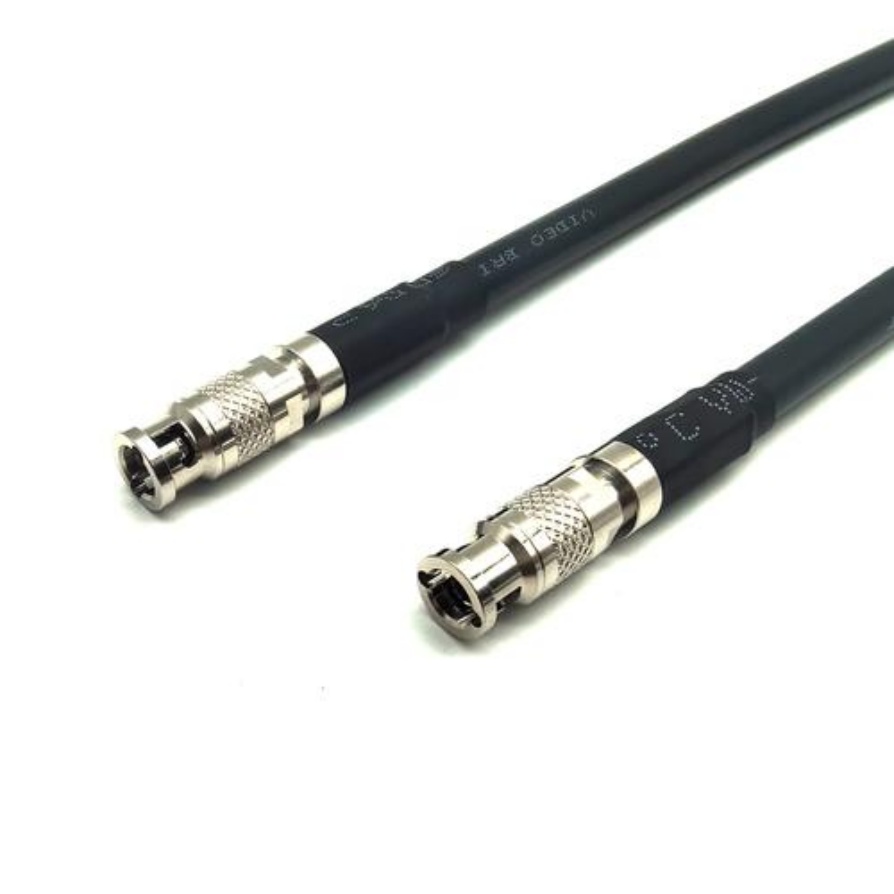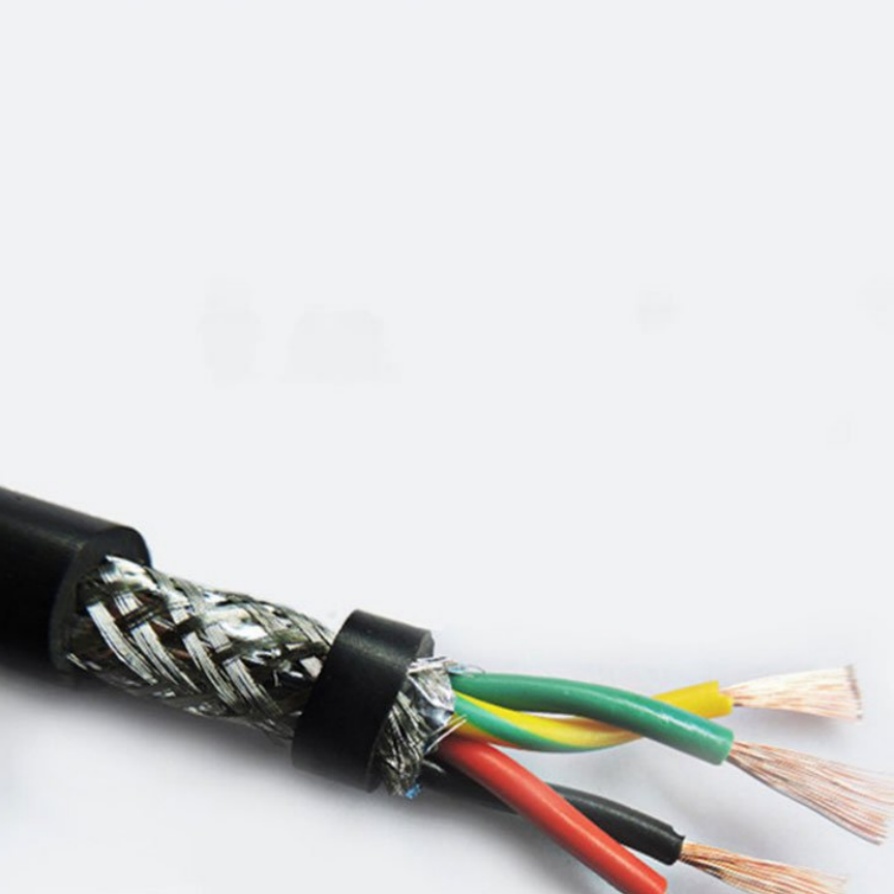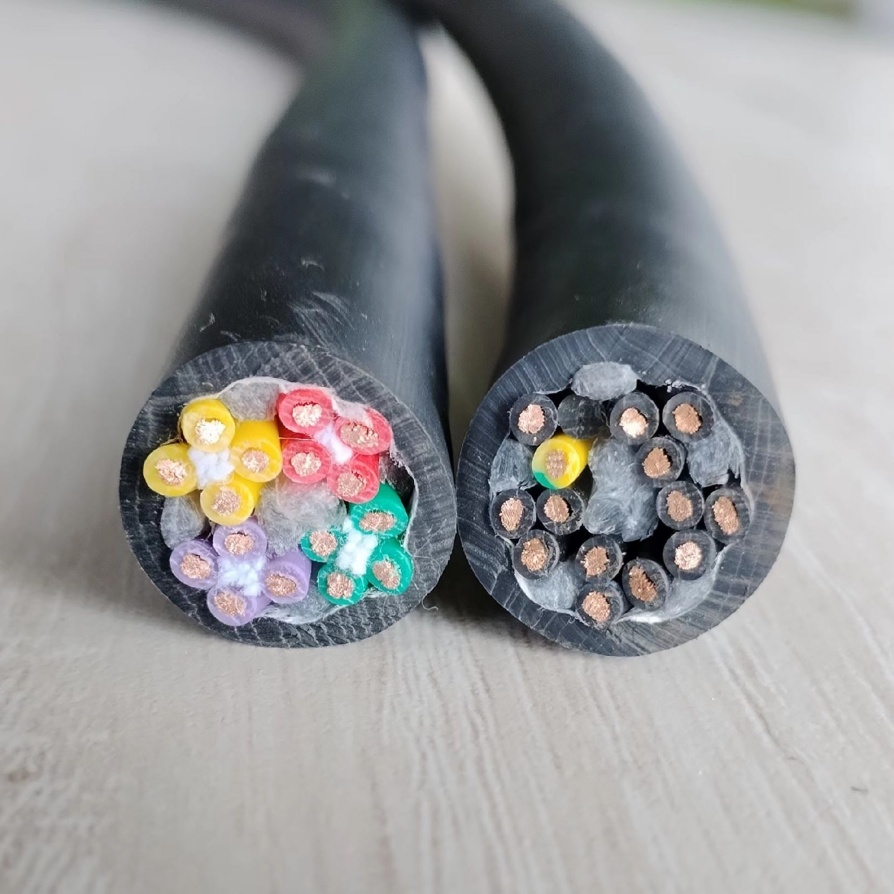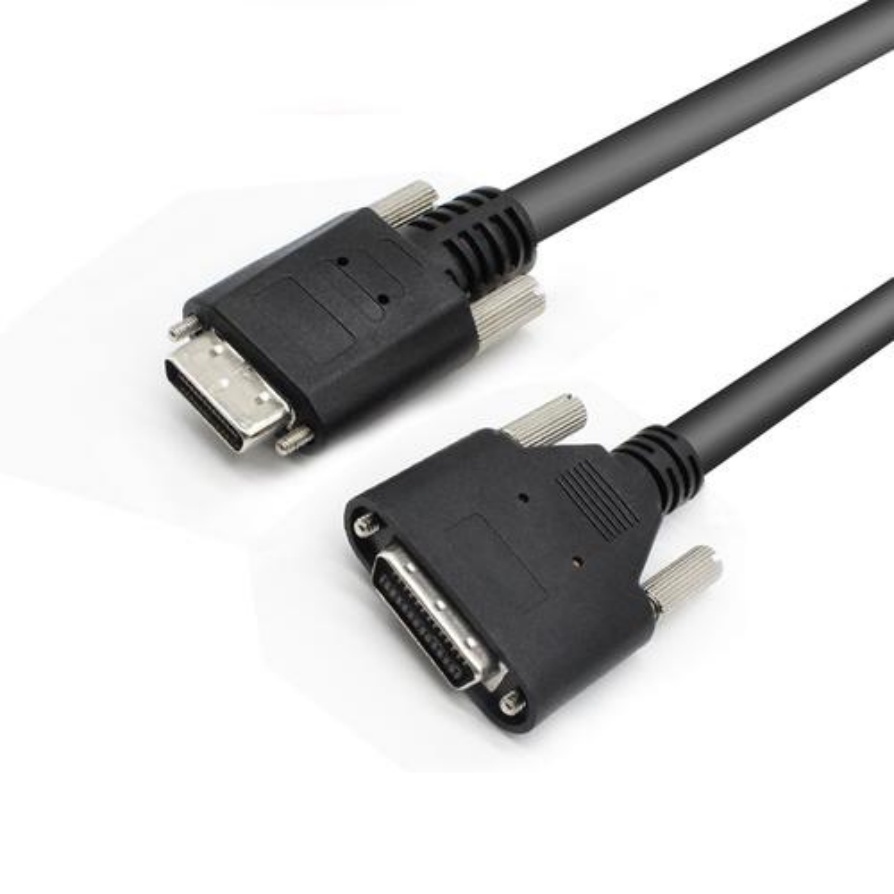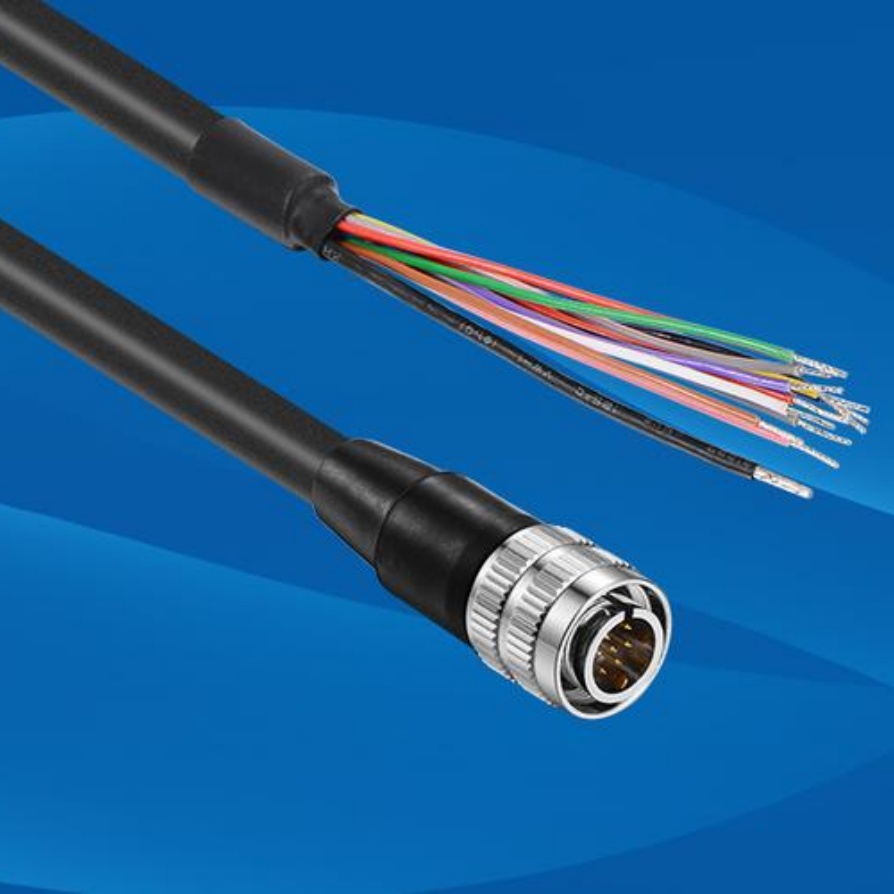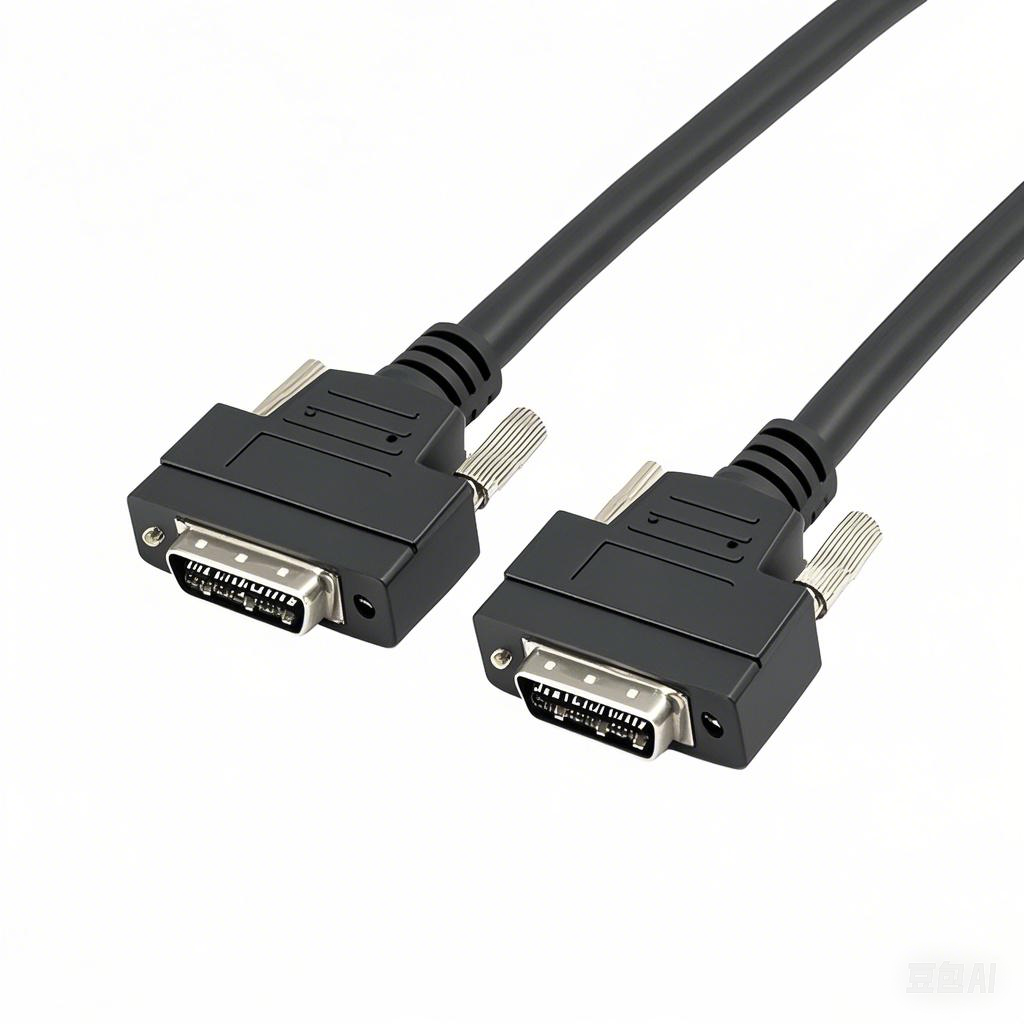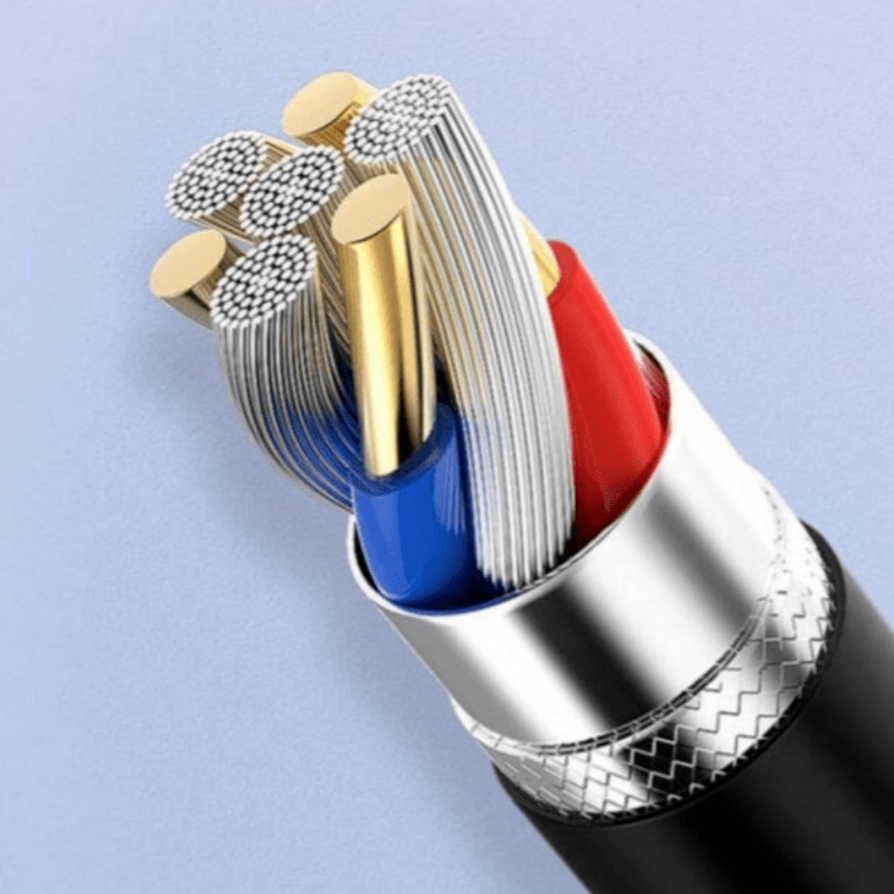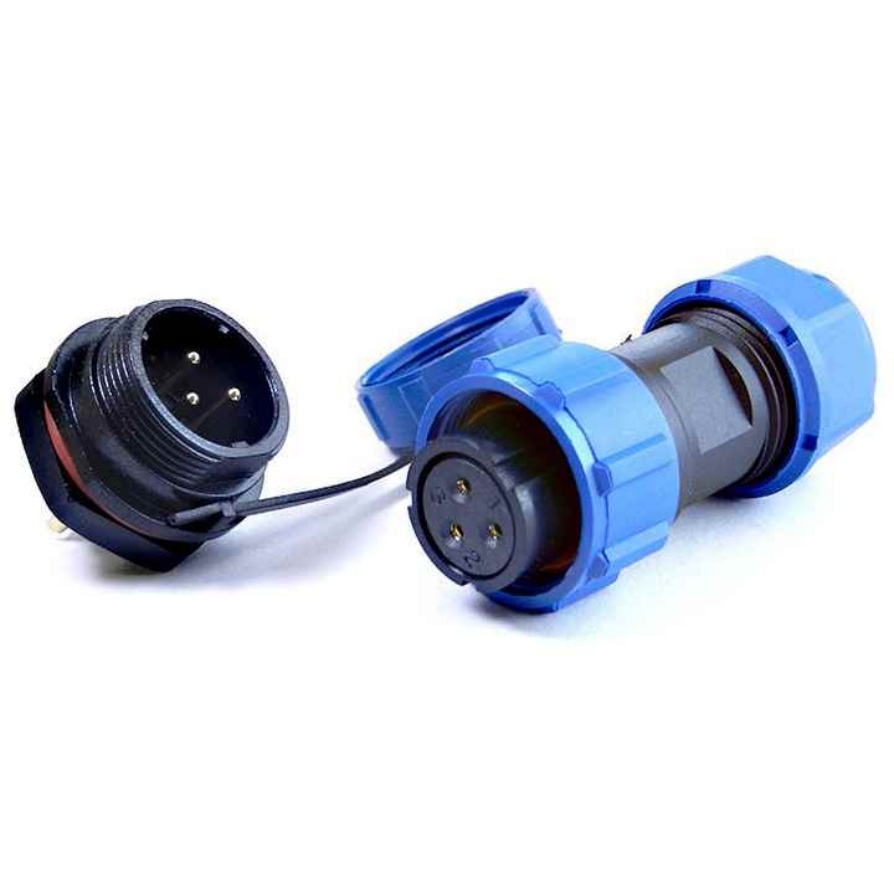What Are the Pressure Rating Requirements for Machine Vision Cables?
In the highly automated and precise world of modern manufacturing, machine vision systems are the indispensable eyes of the operation. They guide robots, inspect for microscopic defects, and ensure unparalleled quality control. At the heart of these systems are the cables that carry critical power, data, and control signals. While much attention is given to cameras and sensors, the cables are often an afterthought—a costly mistake. Among the most critical yet frequently overlooked specifications is the pressure rating of these cables.
Understanding the pressure rating requirements for your machine vision cables is not just a technical detail; it’s a fundamental necessity for ensuring system reliability, longevity, and signal integrity. This article delves deep into what pressure ratings mean, why they matter, and how to select the right cable for your demanding industrial environment.
Understanding Pressure Rating in Machine Vision Cables
In simple terms, a cable’s pressure rating refers to its ability to withstand external physical forces without suffering damage to its internal components (conductors, shielding, insulation) or overall structure. This is not a single, universal number but a measurement of resistance against various types of crushing, impact, and constant compressive forces.
These ratings are typically determined through standardized tests that simulate real-world conditions, such as:
- •Crush Resistance: Measured in Newtons per centimeter (N/cm) or pounds per inch (lb/in), this test applies a force to a section of cable to see how much it can endure before deformation or electrical failure occurs.
- •Impact Resistance: This tests the cable’s ability to withstand sharp blows or impacts from falling objects.
- •Continuous Static Load: This assesses the cable’s performance when under a constant pressure over a prolonged period, common in applications where cables are pinned or run under heavy equipment.
Why Pressure Rating is a Critical Factor in Industrial Applications
A machine vision cable failure can bring an entire production line to a halt, leading to massive downtime costs. Inadequate pressure resistance is a primary cause of such failures. Here’s where it becomes paramount:
1. Cable Drag Chains (Energy Chains):
This is one of the most common and demanding applications for machine vision cables. Cables routed inside drag chains are subjected to constant bending, twisting, and—crucially—pressure from other cables and the chain itself. Cables stack on top of each other, creating significant crushing forces. A low-pressure rating cable will quickly flatten, leading to:
- •Shield Damage: Compromised shielding results in electromagnetic interference (EMI), causing noisy images, data corruption, and system errors.
- •Insulation Failure: Crushed insulation can lead to short circuits between internal conductors.
- •Broken Conductors: Eventually, the delicate copper strands inside will fracture, causing permanent failure.
2. Robotic Arms and Torsional Applications:
On robotic arms, cables are often subject to twisting motions. While torsion is the primary concern, pressure points occur at the cable fixation points (connectors) and where cables might rub against the robot’s structure or each other. A robust jacket with high pressure and abrasion resistance is vital.
3. Floor and Runway Applications:
In many facilities, cables are run along the floor or in channels where they may be run over by forklifts, carts, or other heavy equipment. In these scenarios, an extremely high crush resistance is non-negotiable to prevent catastrophic damage.
4. Tightly Packed Cable Carriers and Conduits:
When multiple cables are packed into a small space, the external pressure from the conduit walls and the internal pressure from adjacent cables can be substantial. Cables need to maintain their round shape and not deform under this constant load.
Key Components That Determine a Cable’s Pressure Rating
The pressure rating is not determined by a single component but by the synergistic design and quality of the cable’s construction:
- •Outer Jacket Material and Thickness: This is the first line of defense. High-quality, rugged materials like PUR (Polyurethane) or TPE (Thermoplastic Elastomer) are preferred over standard PVC due to their superior mechanical strength, oil resistance, and abrasion resistance. A thicker jacket generally provides better protection.
- •Shielding and Armoring: While primarily for EMI protection, braided shielding (often tinned copper) adds significant mechanical strength and crush resistance. In extremely harsh environments, cables may feature an additional armor layer, such as a spiral or braided steel armor, for maximum crush resistance.
- •Internal Construction: The way the internal conductors are bundled and separated plays a role. Some cables use fillers or a robust central element to maintain a round cross-section, preventing the conductors from being crushed into a flat, vulnerable shape.
How to Choose the Right Pressure Rating for Your Application
Selecting a cable is about matching its specifications to your application’s demands. Ask these critical questions:
- 1.What is the Application Environment?
- •Drag Chain:Look for cables certified for use in energy chains (e.g., compliant with ISO 12346-121 standards) with a specified crush resistance. A rating of 100 N/cm or higher is often a good starting point for moderate demands.
- •Floor Running:Requires the highest possible crush resistance. Seek specialized “run-over” cables with ratings that can withstand the weight of your heaviest equipment.
- •Static Installation in Conduit:While less demanding, a moderate pressure rating is still advised to withstand installation pull forces and pressure from other cables.
- 2.What are the Dynamic Stresses? Consider the speed, acceleration, and bending radius. Higher dynamics often require a more flexible and robust cable construction, which typically correlates with better pressure ratings.
- 3.Check the Data Sheet: Reputable manufacturers provide detailed technical specifications. Look for clearly stated values for crush resistance (test standard: EN 50396, IEC 6191) and other mechanical tests. Don’t settle for vague marketing terms like “heavy-duty.”
Consequences of Ignoring Pressure Ratings
Choosing a cable based solely on price or basic electrical specifications is a high-risk strategy. The consequences of inadequate pressure rating include:
- •Intermittent Failures: The most frustrating type of failure, often caused by shield damage leading to “glitchy” vision systems that are hard to diagnose.
- •Complete System Failure: A crushed and shorted cable will stop the vision system entirely.
- •Increased Downtime and Maintenance Costs: Frequent cable replacements result in high costs for both parts and labor.
- •Compromised Product Quality: A failing cable can lead to undetected product defects, damaging your brand’s reputation.
Conclusion: Don’t Let Your Cable Be the Weakest Link
In the high-stakes environment of industrial automation, every component must perform reliably. Machine vision cables are the vital arteries of your vision system, and their mechanical robustness, defined significantly by their pressure rating, is just as important as their electrical performance. Specifying cables with appropriate pressure ratings is a proactive investment in the uptime, efficiency, and quality of your manufacturing process.
Your Vision Demands Our Precision: Choose FRS for Uncompromising Cable Performance
When your production line’s integrity depends on flawless data transmission, you cannot afford to compromise on cable quality. The discussion around pressure ratings, drag chain durability, and robust jacket materials is at the core of what we do at FRS. We are not just a supplier; we are a specialized machine vision cables factory dedicated to engineering connectivity solutions that withstand the toughest industrial challenges.
At FRS, we understand that a specification sheet is a promise. That’s why our machine vision cables are engineered with a focus on real-world performance:
- •Superior Mechanical Construction: We use high-grade, abrasion-resistant PUR jackets and optimized internal designs to ensure exceptional crush and impact resistance, exceeding international standards.
- •Built for Dynamic Applications: Our cables are tested and certified for millions of cycles in energy chains, on robotic arms, and in high-flex environments, guaranteeing longevity where it matters most.
- •Guaranteed Signal Integrity: By protecting the delicate internal components from physical damage, our cables ensure pristine power and data delivery, eliminating the noise and errors that plague lesser-quality alternatives.
Don’t let a cable failure blind your vision system. Partner with a factory that builds reliability into every meter of cable. Contact FRS today to discuss your specific application requirements and experience the difference that truly robust machine vision cables can make.


